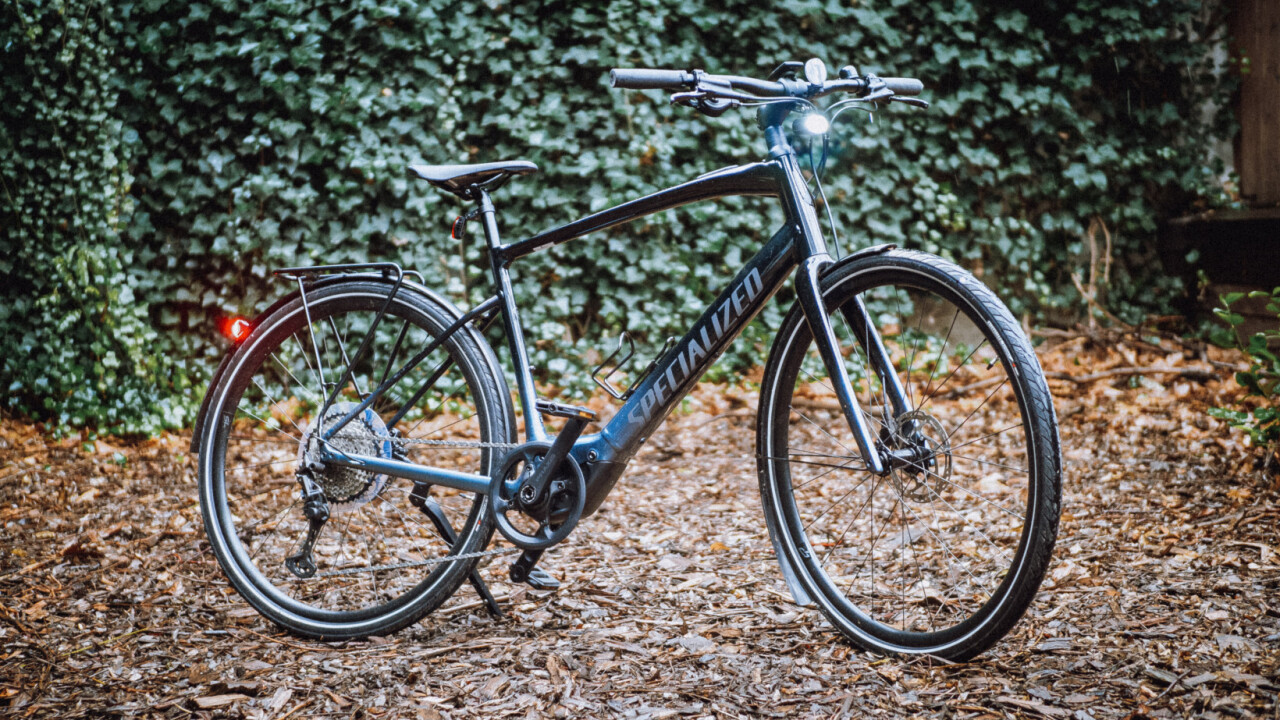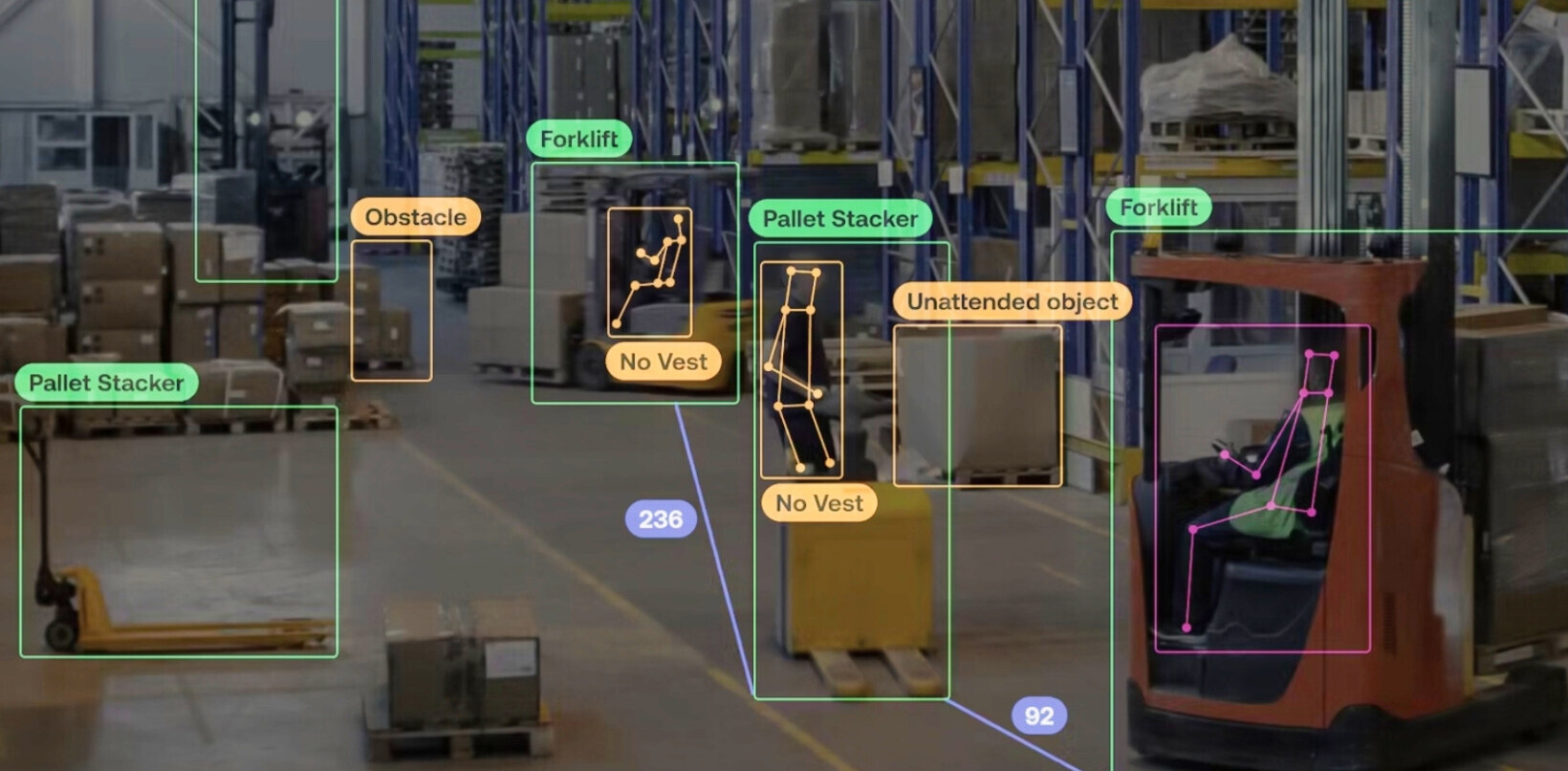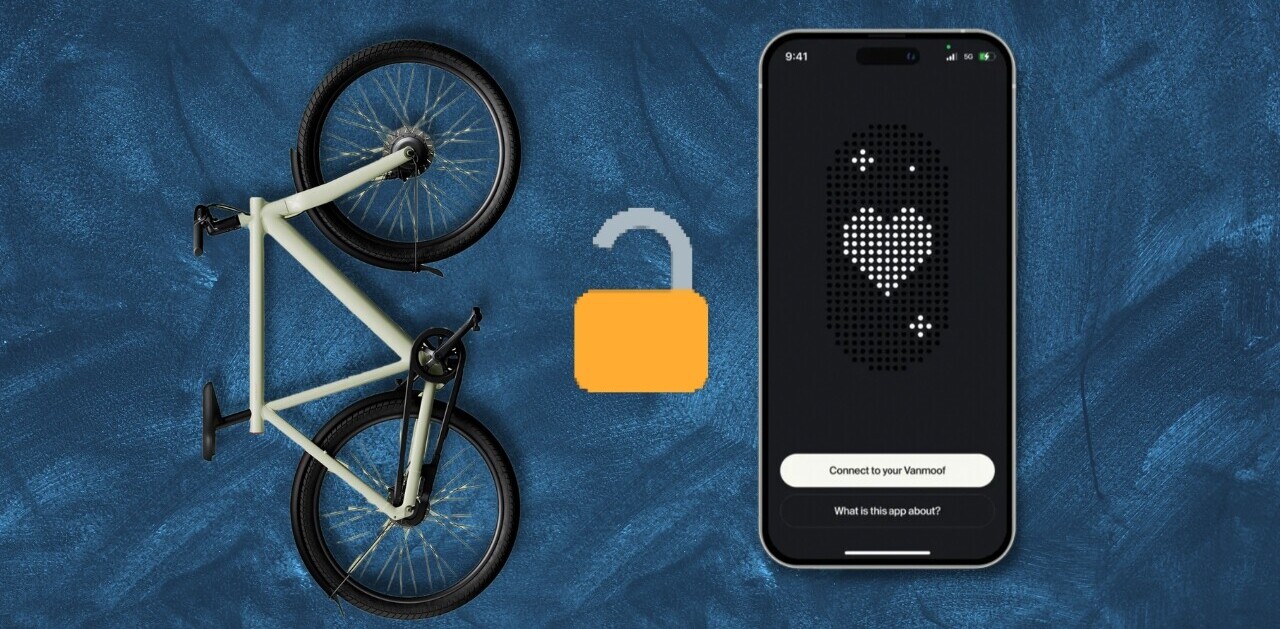
Whenever I read a review of a lightweight ebike, inevitably someone in the comments feels the need to point out: “you can get the Powertron Cyclenator with a 1,000,000W motor for this kind of money!” Or, you know, something like that.
I’ll admit, when I first started to ride and review ebikes, I thought much the same. I’m a big guy, after all, and back then I had pretty much no cycling experience beyond just knowing how to ride a bike. More power for the money always seemed like a good idea. How else was I going to get up that one nasty hill?
But after reviewing a couple of years of testing ebikes one thing has become obvious: the power specs tell you little about a bike’s performance. They tell you even less about how much you might actually enjoy riding and living with a bike.
Let me make one thing clear: This article isn’t meant to disparage high-powered ebikes or even dissuade anyone from buying a high-powered ebike — they can be a blast, and you should ride whatever you want. If you’ve already tried out several ebikes, chances are you know what you want. I’m not here to judge you.
Instead, I’m aiming this at ebike newcomers. It’s my experience that many people buying their first ebikes aren’t used to riding a bike at all, so it’s easy to assume more power is automatically better.
This isn’t always the case.
Watts are misleading
The most common spec people will look at is an ebike’s power or wattage rating — perhaps because it’s one of the most prominent in marketing. You’ll see many ebikes rated at 750W in the US, for example, and some that claim even higher performance. Yet most of the ebikes sold in Europe are limited to 250W. Does that mean that European ebikes are all weaksauce?
Hardly.

While an ebike might be nominally rated at 250W, this is usually given as a ‘continuous’ or sustained power rating; this is essentially how much power the motor is allowed to produce over a very extended period of time. However, the majority of these motors are capable of providing temporary assistance that goes far beyond the 250W rating; it is not uncommon for them to deliver twice that power output — or more — during a climb, for example. (For a more technical explanation of how this is possible, ebikeschool.com has a good writeup here.)
In my experience, this means a motor’s watt rating is a very poor predictor of the amount of assist a bike appears to be providing, especially when comparing across different types of motors. Sure, the 750W hub motors I’ve ridden generally feel faster than the 250W hub motors (not always!), but things get a lot fuzzier in smaller increments (say, a 350W motor vs a 500W motor).
It’s also a lot more complicated when comparing a hub drive to a mid-drive, which even at 250W often provide a ton of assistance (mid-drives are also more efficient because they can leverage your bike’s gears).
That said, some ebike companies do provide a ‘peak’ power rating, which should give you a better idea of what to expect, although it’s not definitive.
Torque is more useful, though still imperfect
A much more useful figure is the motor’s torque rating, which tends to correlate more with the feeling of having ‘super legs.’ You especially appreciate the extra torque when going up a hill, carrying cargo, or starting from a stop.
For example, the vast majority of mid-drives from the bigger, more reputable brands (Shimano, Bosch, Yamaha, Brose, etc) are all rated at 250W, but they typically differentiate their product tiers by torque rating. A cheaper mid-drive might only deliver 30-50 Newton-meters of torque, while heavy-duty motors meant for mountain biking and cargo will tend to pull 60-90 Nm.

This all gets further muddled by the lack of global standards around how ebike watts and torque are measured. Any manufacturer can claim 200 Nm of torque, but there isn’t an easy way to verify it. Likewise, the specific implementation of the motors can dramatically, with some opting for a gentle acceleration curve, and others giving you a big boost of speed from the getgo. On some bikes, these curves are even customizable.
Torque and power ratings are most useful when comparing units of the same category within the same motor brand, but beyond that, they should only be used as a rough guide. A bike’s geometry and drivetrain can affect the feeling of assistance as well.
Case in point: my current ebike of choice is the Brompton Electric, a small folding bike with a ‘measly’ 250W front hub motor limited to 15 mph. Despite the seemingly weaksauce motor, it has some of the zippiest acceleration I’ve seen on an ebike — no doubt aided by its small wheels — and is one of the ones that least struggles to get me up a hill.
There are advantages to less powerful ebikes
But let’s imagine that specifications weren’t so unreliable. Do you actually want all that power?
If you’re new to ebikes, you might not know how much power you actually need. And there’s no question that if you live in a very hilly area, have joint problems, and/or have other health issues, opting for something with more assistance can certainly be the smarter choice. Maybe you want an ebike purely to get you from point A to B as quickly as possible. Perhaps you rely on your bike for your job. Or maybe you’re just a speed demon. That’s all fine.
But if that doesn’t quite sound like you, you shouldn’t just dismiss low-power ebikes out of hand. They can have many advantages of their own.

The most obvious of these is weight: Powerful motors are often bigger, and will tend to require a bigger battery to provide a given amount of range. It’s rare to find a 750W ebike under 50 pounds, for example, and many, if not most, weigh over 60 lbs. This might not be an issue if you live somewhere where you never have to lift your bike, but if you live in a city and/or a small apartment, this can get real old, real fast.
While not all ebikes with weaker motors are light, they’re certainly more likely to be. Some potential advantages of these types of ebikes include:
- They feel more like riding a regular bike.
- It’ll be easier to bring the bike up a flight of stairs onto a train.
- You might be able to hang it on a wall or mount it on a car rack more easily.
- In my experience, a bike shop is much more likely to flat out tell you “we don’t work on ebikes” when it’s a big and heavy bike. They just don’t want to deal with it.
- If you opt for a ‘stealth’ ebike like the Ride1Up Roadster V2, it might be less appealing to thieves than something with an obvious battery.
- You’ll get fewer side-eyes from cyclists on non-electric bikes.
- They’re easier to pedal when the battery runs out, which will happen to you sooner or later. Trust me, it sucks to be stuck with a 70-pound bike with no battery left.
- These bikes tend to be cheaper.
- Replacement or backup batteries tend to be smaller, and therefore cheaper as well.
How much power do you really need?
If you’re altogether new to cycling, you might overestimate how much power you really need or even want. I’m not a complete couch potato, yet when I started riding ebikes, I’d apparently forgotten that people of all sizes have been getting around on ‘acoustic’ bikes just fine for decades.
The more I tested ebikes, the more I found I gravitated towards those that felt the most natural to ride and easiest to live with — not those with the most powerful motors and biggest batteries. Sure, it’s still fun to zip around at 28mph with minimal effort. But for most of my day-to-day riding, a bike that simply helps me get up hills and accelerate quickly without sweating too much is all I really want.

Of course, my experiences may not reflect your own, but my point is that having more power isn’t going to guarantee a better ride. These days, power and speed numbers barely factor into what I choose to ride next. Instead, I look at more subtle details that are less likely to show up in ads and marketing materials:
- How much does the bike weigh?
- What’s the drivetrain like?
- How good are the brakes?
- How easy is the bike to service?
- Does the bike use a bunch of proprietary parts?
- Does the bike try to minimize maintenance?
- What’s customer service like?
- Can you test ride it at a local dealership?
- Will the company still support the bike 5 years from now?
- Are replacement parts available?
- Does it deter thieves via a stealthy design or built-in security
- Is it a mid-drive or hub drive?
- Does it have a torque sensor or just an inferior cadence sensor?
- What’s the acceleration curve like?
- Does the bike offer removable batteries or range extenders?
- Does it feel good to ride?

As much as I’d love to be able to read a bike’s motor specs and determine if it’s any good, there’s a lot more to an ebike than what you can gather from a few simple numbers.
Of course, you can’t test-ride most of the ebikes out there, especially if you don’t live in a major city, but you might be able to find something with a similar motor system. You could try to find a bike with a similar power and torque rating to see how much power you consider ‘enough.’
If that’s not feasible, I suggest looking up user impressions on the bike or even specific components. You may find you don’t need all that much power after all.
Get the TNW newsletter
Get the most important tech news in your inbox each week.




